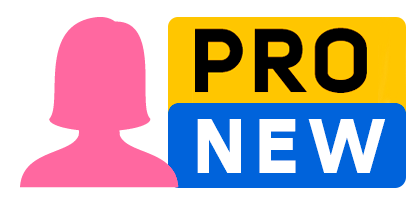AI voice examples
 Achernar SK
Achernar SK
 Jana
Jana
 Lukas
Lukas
 Viktoria
Viktoria
 Zuzana
Zuzana
 Ada SK
Ada SK
 Adam SK
Adam SK
 Alessio SK
Alessio SK
 Alloy SK
Alloy SK
 Amanda SK
Amanda SK
Language code: sk-SK
Language Overview. Slovak, coded as sk-SK, is predominantly spoken in Slovakia. It's a language known by names such as Slovenský, Slovenski, or Slovaški.
Pronunciation and Phonetics. Slovak has its own set of pronunciation rules. It possesses a rich array of phonetic sounds, specific articulations, and distinct grammar. This means each word has its own unique sound, formed by combining vowels, consonants, and sometimes even softening or emphasizing certain parts of words. Here are key features of pronunciation:
Soft and Hard Consonants. Many Slavic languages, including Slovak, differentiate between soft and hard consonants. Softness is shown by special marks on letters or by certain vowels. As an example, "d" is hard in "dom" (house) and soft in "ďaleko" (far away).
Rhythmic Law. This language has a rule that two long syllables shouldn't be next to each other. This rule changes the pronunciation of some words and can modify their forms. Vowel length is crucial for the sentence rhythm.
Vocalic Length. The duration of a vowel can alter a word's meaning. There's a clear difference between short and long vowels. To illustrate, "pád" represents "fall," while "pad" stands for "a pad."
Speech Synthesis Specifics. When converting Slovak text to speech, it's crucial to account for these unique sounds and rules. SpeechGen considers these factors, producing natural-sounding voices that resonate with native speakers.
Advanced Features. Thanks to modern advancements, SpeechGen incorporates neural network capabilities to ensure that the synthesized voice isn't just robotic but has a natural flow to it. Whether for reading, learning, or any other task, the tool ensures clarity and authenticity in its Slovak voice outputs.
 SpeechGen.io
SpeechGen.io